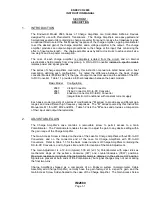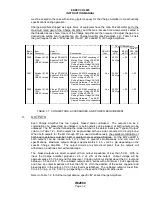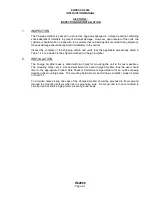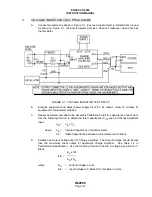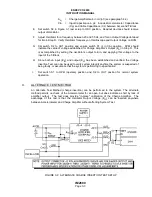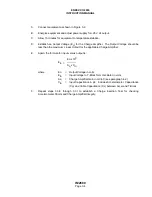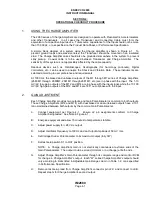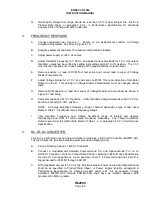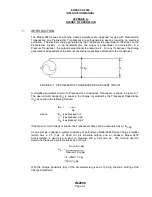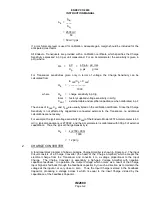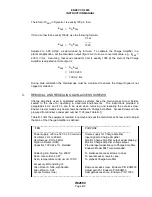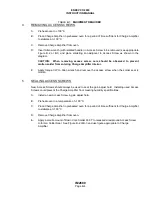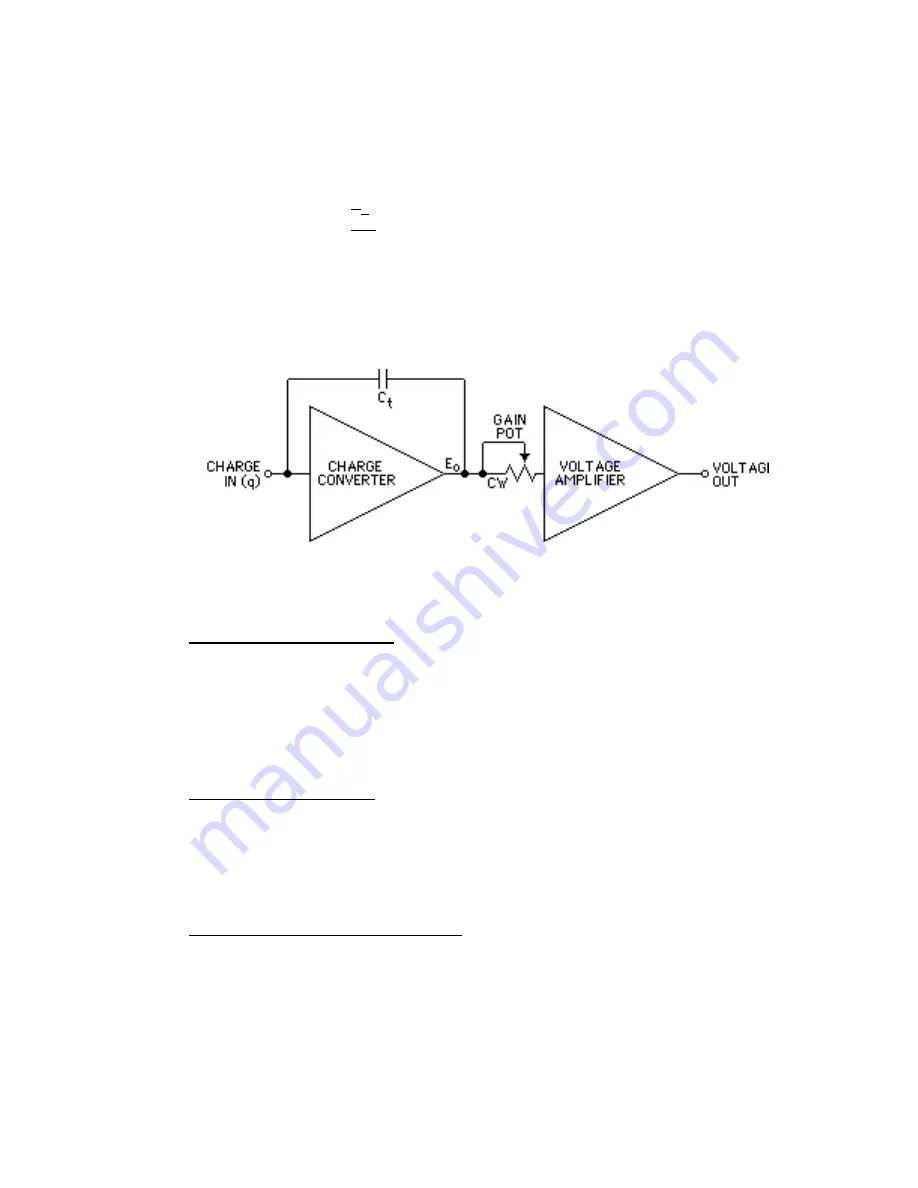
ENDEVCO 2680
INSTRUCTION MANUAL
IM2680
Page A-3
The transfer characteristic (conversion gain in mV/pC) of the Charge Converter depends primarily
on the value of the Feedback Capacitor. When the Amplifier is operated within specification
limits, the equation for conversion gain simplifies to the relationship:
Eo
1
___
= ____
q
C f
In effect, a Charge Converter is a circuit which appears to have a capacitive input impedance so
large that the effect of varying Input Transducer Cable Capacitance is insignificant. Thus, large
variation of source capacitance is possible without any appreciable change in overall system
sensitivity.
FIGURE A-2: BASIC AIRBORNE CHARGE AMPLIFIER FUNCTIONAL BLOCK DIAGRAM
3.
GAIN POTENTIOMETER
Each "M" series (M1 through M12 and M14) of the series of Charge Amplifiers has a specific Gain
Range (see Table 2-1). The Gain of each Charge Amplifier is set by a 10-turn Potentiometer to
any desired setting within the Gain Range. The Gain is externally adjusted after removal of an
Access Screw. Both the Charge Converter and Voltage Amplifier Gains are fixed for optimum
stability.
4.
VOLTAGE AMPLIFIER
The final stage of the Charge Amplifier is a Voltage Amplifier. Because of its low output
impedance and 0.5 mA minimum output current the Charge Amplifier is capable of driving tape
recorders directly. The outputs are both biased, or unbiased, or a combination of each. Biased
outputs are directly coupled, and unbiased are capacitively coupled.
5.
TRANSFER CHARACTERISTICS
The transfer characteristic of any amplifier is the relationship between the output and the input
and is generally given by the ratio of the electrical output divided by the electrical input. If both
input and output are expressed in volts, this ratio is nondimensional and is called the Voltage Gain
(or gain) of the Amplifier. With the unique properties of Charge Amplifiers, however, it is more
convenient to express the transfer characteristics as the ratio of the voltage out to the charge in.
This quantity is called the Charge Gain of the Amplifier and is expressed in "mV out/pC in".

